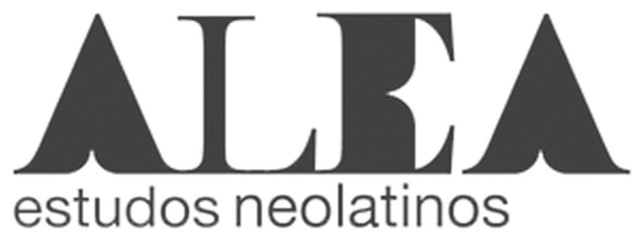Abstract
The aim of this article is to demonstrate how the aesthetic rituality of the Niñopa festivities in Xochimilco - which has been celebrated every year on 2nd February since the 16th Century to date- is a representation of political resistance, a contra-hegemonic ritual practice. This research is highly relevant in the field of philosophy of liberation, in particular in the poetic-aesthetics and hermeneutics of liberation and also in decolonial studies. We will follow a multidisciplinary methodology, as in our study we will apply theoretical categories drawn from Enrique Dussel’s philosophy of liberation, Bolívar Echeverría’s philosophy of culture and anthropologist and ethnographer Félix Báez’s categories. We will seek to prove two hypotheses: 1) the Niñopa festivities are an example of “contra-hegemonic rituality” facing against institutional Catholicism, in which case it would be a mistake to consider this ritual practice as an expression of “popular Catholicism”. 2) this ritual is an example of “Indo-American crypto-religion” in the sense that the occult and the forbidden appear in the guise of a hegemonic and victorious Christian sign, such as the effigy of a saint, and it is also a symbol of the identity melting pot known as ethos of the Baroque.
Keywords:
Aesthetics and Hermeneutics of Liberation; crypto-indigenous-religious-practice; contrahegemonic rituality; ethos of the Baroque
